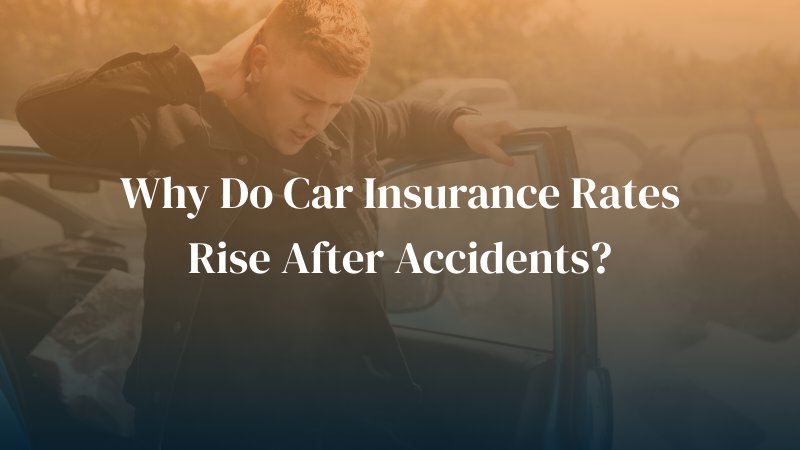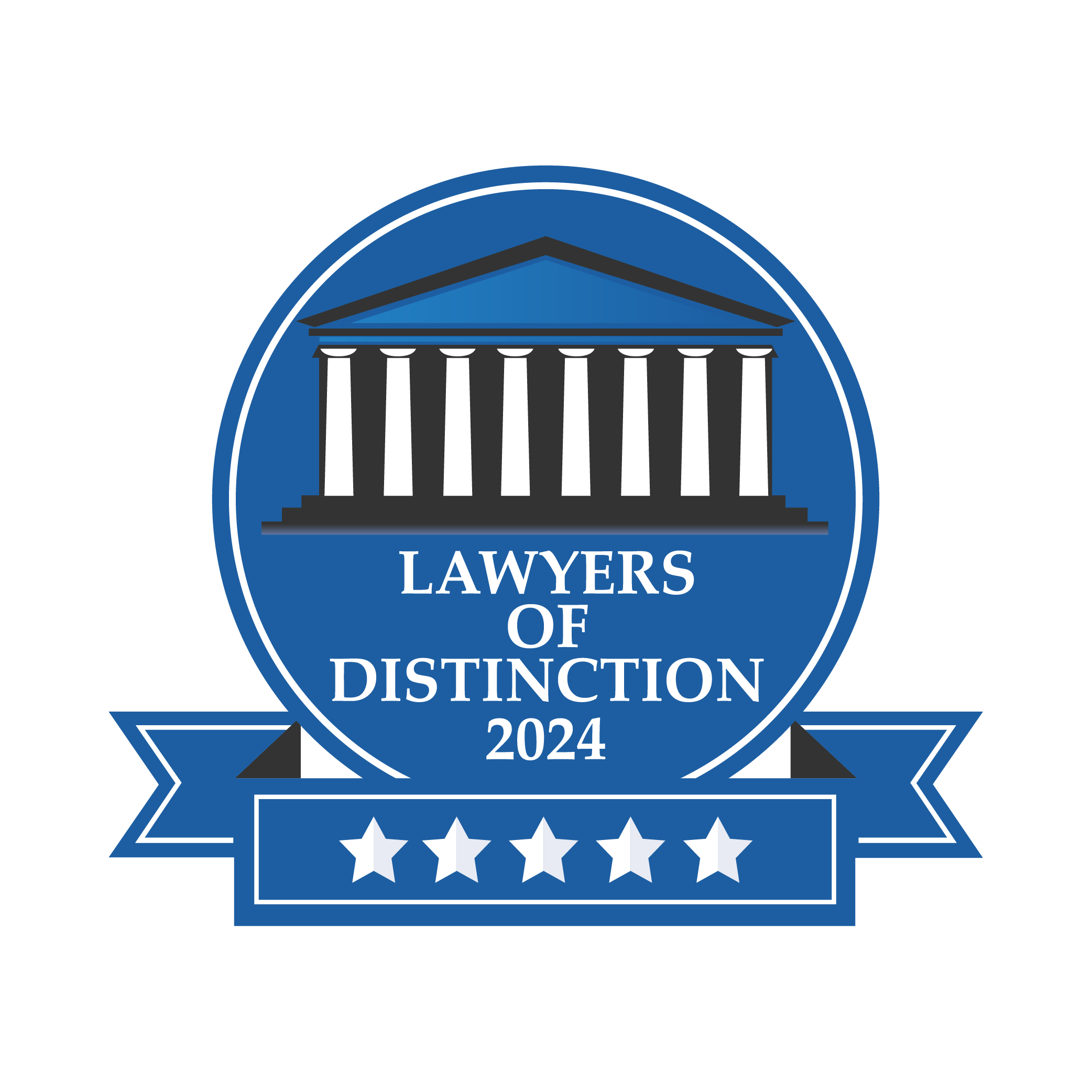Navigating the aftermath of a car accident in Las Vegas includes understanding how it may impact your insurance rates. While premium increases can vary based on insurer policies and individual circumstances, knowing the typical factors that influence rate adjustments can provide you with clearer expectations. Unfortunately, insurance rates typically go up after an accident.

Factors That Affect The Insurance Rate Increase
Our car accident lawsuit attorneys in Las Vegas highlight the importance of understanding the factors that influence post-accident insurance rate increases. This is crucial in navigating the aftermath of a traffic incident. Typically, the following is considered:
Who Is at Fault?
The primary determinant of how much your insurance premiums will rise after a car accident hinges on your fault status. Drivers found at fault are frequently classified as high-risk by insurance providers, resulting in substantial hikes in their insurance costs.
If a driver is not at fault and files a claim, their premiums might still rise, albeit less drastically than for at-fault accidents. In situations where fault is disputed, it’s essential to provide evidence proving the other party’s fault to mitigate premium increases.
The Severity of The Accident
The severity of the accident plays a major role in determining how much insurance rates will increase. Accidents resulting in serious injuries or extensive property damage typically cause insurance rates to surge. This reflects the higher financial risk insurers face when covering repairs, medical expenses, or compensation for severe accidents.
The Driving History
A policyholder’s driving history is another crucial factor insurance companies consider after an accident. Individuals with a history of accidents may see a more significant rate increase than those with a clean driving record.
Ultimately, whether rates increase or not depends on the specific circumstances of the accident.
Legal Steps to Challenge Fault or Insurance Decisions
Facing an at-fault accident and subsequent insurance rate increase can be overwhelming and may even seem unfair, but knowing the legal avenues available to challenge fault determinations or insurance decisions is crucial for drivers seeking to protect their financial interests. The following are the two most important steps you can take after an accident to protect yourself:
Gathering Evidence
Compiling evidence is crucial when disputing fault or insurance decisions. This may include police reports, witness statements, photographs of the accident scene, and any other documentation that supports your case. Presenting a comprehensive evidence package can significantly strengthen your position.
Seeking Legal Advice
Consulting with a legal professional who specializes in automobile accidents and insurance laws can provide you with insights and strategies for challenging a fault determination or insurance decision. A lawyer can also represent you in negotiations with your insurance company or in court, if necessary.
File a Lawsuit if Necessary
If all other methods fail, you may need to file a lawsuit to prove that someone else was responsible for the accident. Your attorney will guide you through the process, from filing the necessary legal documents to representing you in court.
Prepare for Court Proceedings
If your case goes to trial, thorough preparation is crucial. This involves rehearsing your testimony, organizing all evidence coherently, and being ready to counter the defense’s arguments that you were at fault for the accident.
If you have questions about your insurance rates or need help after an accident, contact us today to schedule a free consultation with a Las Vegas personal injury lawyer.

